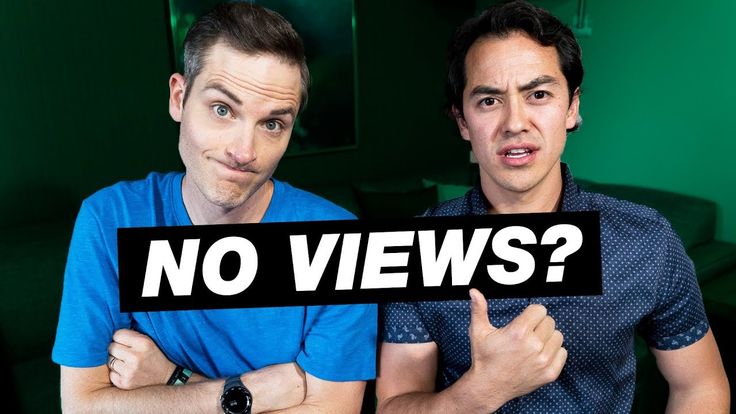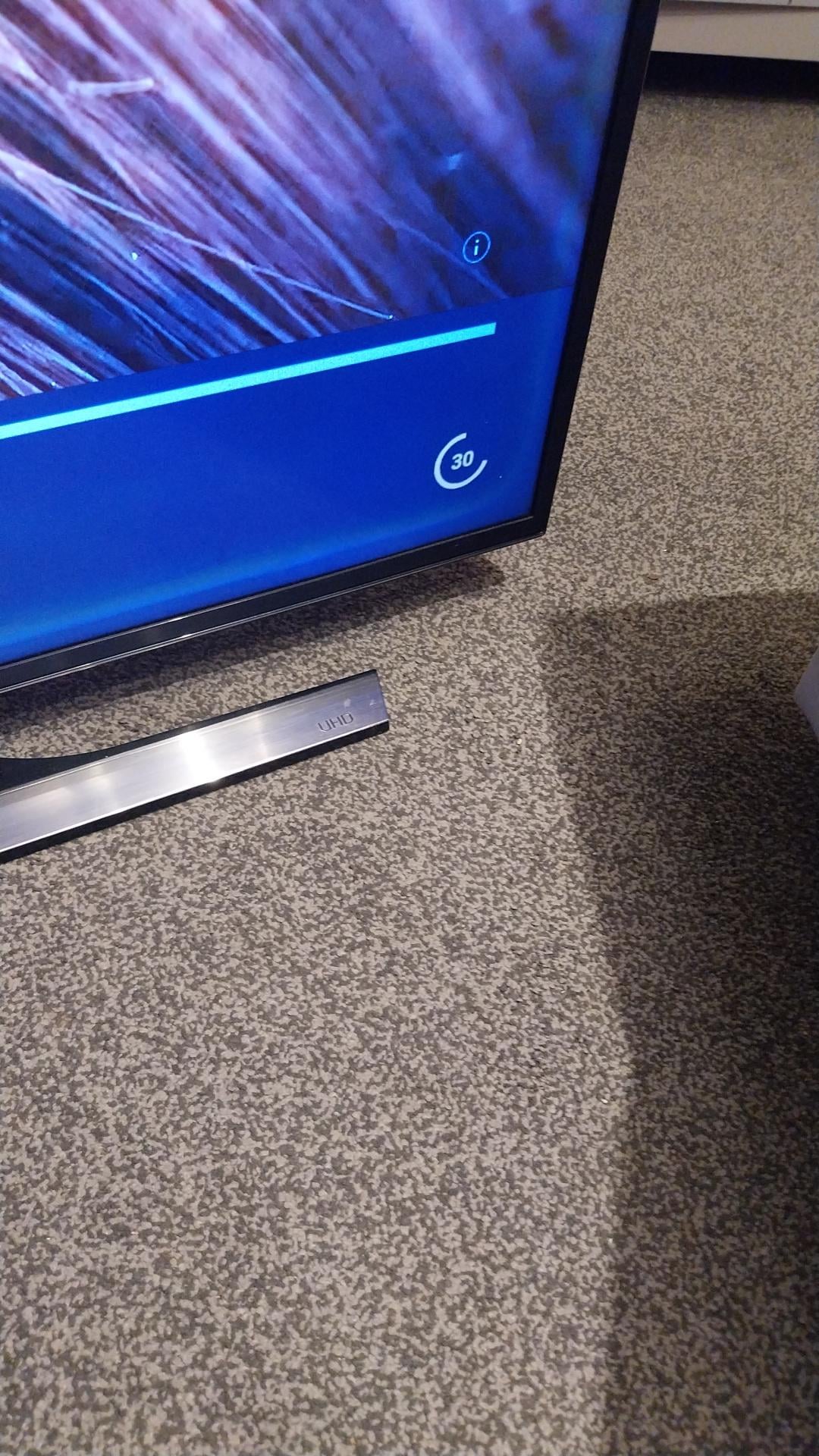YouTube TV has rapidly gained popularity as a go-to streaming service for many cord-cutters, providing access to a wide array of channels and on-demand content. However, some viewers have noticed the glaring absence of A&E from its channel lineup. In this blog post, we’ll explore the reasons behind this omission and what it means for viewers who might be fans of the network's compelling programming.
Understanding YouTube TV and Its Channel Selection

YouTube TV is Google's live TV streaming service, designed to give customers an alternative to traditional cable television. Launched in 2017, it quickly became known for its user-friendly interface, extensive channel offerings, and reasonable subscription cost. But before diving into A&E's absence, let’s clarify what YouTube TV brings to the table.
YouTube TV offers a variety of channels spanning multiple genres, including news, sports, entertainment, and lifestyle. Here’s a snapshot of its features:
- Base Package: The standard subscription starts at around $64.99 per month and includes over 85 channels.
- Cloud DVR: Users can record an unlimited amount of content thanks to a robust cloud DVR feature.
- Multiple Devices: Accessible on TVs, smartphones, tablets, and computers, making it incredibly versatile.
- No Contracts: Unlike traditional cable providers, YouTube TV operates on a month-to-month basis, allowing viewers to cancel or modify their subscription at any time.
Channel selection is a crucial factor for subscribers when choosing a streaming service. With popular channels like ESPN, CNN, and NBC included in its package, YouTube TV does provide a comprehensive viewing experience. However, the exclusion of specific channels such as A&E raises questions about content variety and viewer preferences. Understanding why certain channels are missing can help viewers navigate their options in the ever-evolving landscape of streaming services.
The Role of A&E in the Streaming Landscape

A&E, which stands for Arts & Entertainment, is a unique player in the world of streaming and television. Traditionally known for its blend of reality programming and documentaries, A&E has carved out a niche that appeals to a diverse audience. Think about it: where else can you find a mix of gripping crime shows, engaging lifestyle programming, and thought-provoking documentaries all under one roof? This variety keeps viewers coming back for more.
As of late, A&E has produced iconic shows such as Live PD, Intervention, and Dancing with the Stars. Shows like these not only entertain but also spark conversations around real-life issues. A&E has managed to maintain a strong social relevance that resonates with viewers. However, their decision to withdraw from YouTube TV reflects broader changes in the streaming landscape.
In the age of streaming wars, networks like A&E are reassessing their distribution strategies. The competition is fierce, and having a presence on platforms like YouTube TV is crucial to reaching wider audiences. When viewers see channels drop from popular services, it can lead to feelings of frustration and confusion. After all, dedicated fans of A&E may find themselves missing out on their favorite shows.
So, the absence of A&E on YouTube TV not only affects current viewership but could impact the channel's overall reach and reputation. Many subscribers view channel availability as a significant factor in their streaming service choice, and losing A&E diminishes the content diversity that potential customers often seek.
Factors Influencing Channel Availability on YouTube TV

The world of streaming services can be a bit perplexing, can't it? Especially when channels like A&E suddenly disappear from your favorite platforms. There are several factors that influence why channels become available—or unavailable—on services like YouTube TV.
- Licensing Agreements: Streaming platforms usually enter into licensing agreements with networks to carry their channels. These agreements can be time-sensitive and subject to renewal negotiations. If terms aren’t met, a channel, like A&E, might get dropped.
- Cost Considerations: The financial aspect is huge. If YouTube TV finds the cost of carrying a specific channel too high relative to audience demand, they may opt to let it go. Networks often have high fees to cover programming costs, and if those don't align with viewer numbers, tough choices must be made.
- Content Strategy: Each streaming service has its unique content strategy. YouTube TV, for example, focuses primarily on live television and news channels. If A&E’s programming doesn’t align with their current mission, they may decide it's best to part ways.
- Viewer Demand: Ultimately, viewer preferences dictate channel availability. If YouTube TV notices a significant decline in viewership for A&E, it can weigh the need for that channel against its overall offerings.
All of these elements contribute to the complex decision-making around channel availability. Understanding these factors can make the streaming landscape a bit less confusing, helping viewers appreciate the ebb and flow of channel offerings on platforms like YouTube TV.
5. Comparative Analysis with Other Streaming Services
When it comes to streaming services, variety is king. YouTube TV's decision to exclude A&E raises eyebrows, especially when we compare it with other platforms that offer a richer selection of channels. Let's take a closer look at how YouTube TV stands up against its competitors.
| Streaming Service | Includes A&E? | Price Per Month | Popular Shows |
|---|---|---|---|
| YouTube TV | No | $72.99 | Originals |
| Hulu + Live TV | Yes | $70.99 | The First 48, Bates Motel |
| FuboTV | Yes | $74.99 | Live PD, A&E Investigates |
| Philo | Yes | $25.00 | Storage Wars, Jim Loves Movies |
As you can see, platforms like Hulu + Live TV and FuboTV provide A&E in their channel lineups, usually along with a broader mix of entertainment, lifestyle, and reality shows. This makes them appealing for users who enjoy A&E's unique programming. YouTube TV, while it offers solid news and sports options, might feel limiting for those who look for that variety that A&E offers. So, what might motivate a user to stick with YouTube TV despite the absence of such a channel? Let's find out!
6. What This Means for YouTube TV Subscribers
The absence of A&E could have several implications for YouTube TV subscribers. For many viewers, A&E programming consists of a range of popular reality shows and documentary-style series that cater to a specific taste. Losing this channel could lead to some streamlining of content options.
- Limited Content Variety: Without A&E, subscribers may find their options somewhat restricted. Fans of shows like Storage Wars or Live PD might have to seek alternatives or explore other platforms.
- Potential Subscribers Loss: New subscribers looking for that rich variety might be drawn away to services that include A&E. This competition could negatively impact YouTube TV's subscriber growth over time.
- Frustrated Fans: Current subscribers who enjoy A&E’s offerings might feel frustrated and dissatisfied, leading to potential cancellations or downgrades.
- Encouragement to Diversify: Subscribers may need to adjust their streaming habits, perhaps exploring supplementary services or cable options to fill the void.
In summary, while YouTube TV has its merits, the lack of A&E certainly narrows the grilling options for viewers. If you’re a fan of A&E’s iconic programming, you might want to consider how this change affects your streaming experience and explore your options!
Future Considerations for YouTube TV and A&E Availability
As we look ahead, the potential for A&E's return to YouTube TV hinges on several key factors. Both platforms operate within a dynamic landscape, with negotiations, viewer demand, and network strategy all playing significant roles.
*Negotiations and Licensing: Negotiating carriage agreements is always tricky in the streaming industry. Content providers like A&E frequently reassess their agreements with platforms. If YouTube TV can showcase a robust viewership of A&E content, it could strengthen their case in negotiations. This point leads us to consider viewer demands—your voice matters!
Viewer Demand: As A&E produces content that appeals to specific demographics, the demand from users could influence their decisions. If viewers express a strong desire for particular shows or genres offered by A&E, it might persuade YouTube TV to reconsider its content offerings. Social media campaigns, online petitions, or even simple feedback through YouTube TV’s support channels can signify strong demand.
Competitive Landscape*: YouTube TV isn't the only player in the streaming market. With platforms like Hulu Live, Sling TV, and others showcasing A&E content, it’s imperative for YouTube TV to weigh its options. If competitors are able to procure agreements with A&E, it will put pressure on YouTube to either negotiate or risk losing subscribers to rival services.
In conclusion, the future of YouTube TV and A&E cooperation is uncertain but likely tied to viewer engagement and strategic negotiations. Continuous monitoring of the situation is crucial for users eager to see their favorite A&E shows back on YouTube TV.
Conclusion
In wrapping up our exploration of why YouTube TV currently lacks A&E and what it means for viewers, it’s clear that this absence brings both challenges and opportunities.
For many subscribers, the absence of A&E may feel like a significant loss. A&E is known for its engaging and often thought-provoking content, including true crime series, reality shows, and documentaries that resonate with a wide range of audiences. Without access to these programs, viewers must turn to alternative streaming platforms or cable providers, which can be an inconvenience.
However, this situation also highlights the competitive nature of the streaming industry. As platforms jockey for position, such gaps may prompt users to voice their preferences openly, thereby influencing future negotiations. The success of YouTube TV won't just rest on the absence of A&E but will also be determined by how they adapt to viewer feedback and overall market trends.
Ultimately, keeping an eye on the evolving landscape is essential. Whether you’re a dedicated fan of A&E or a YouTube TV subscriber, understanding these intricacies will empower you to make informed decisions about your viewing options. So let’s stay tuned—who knows what the future will hold?
 admin
admin








